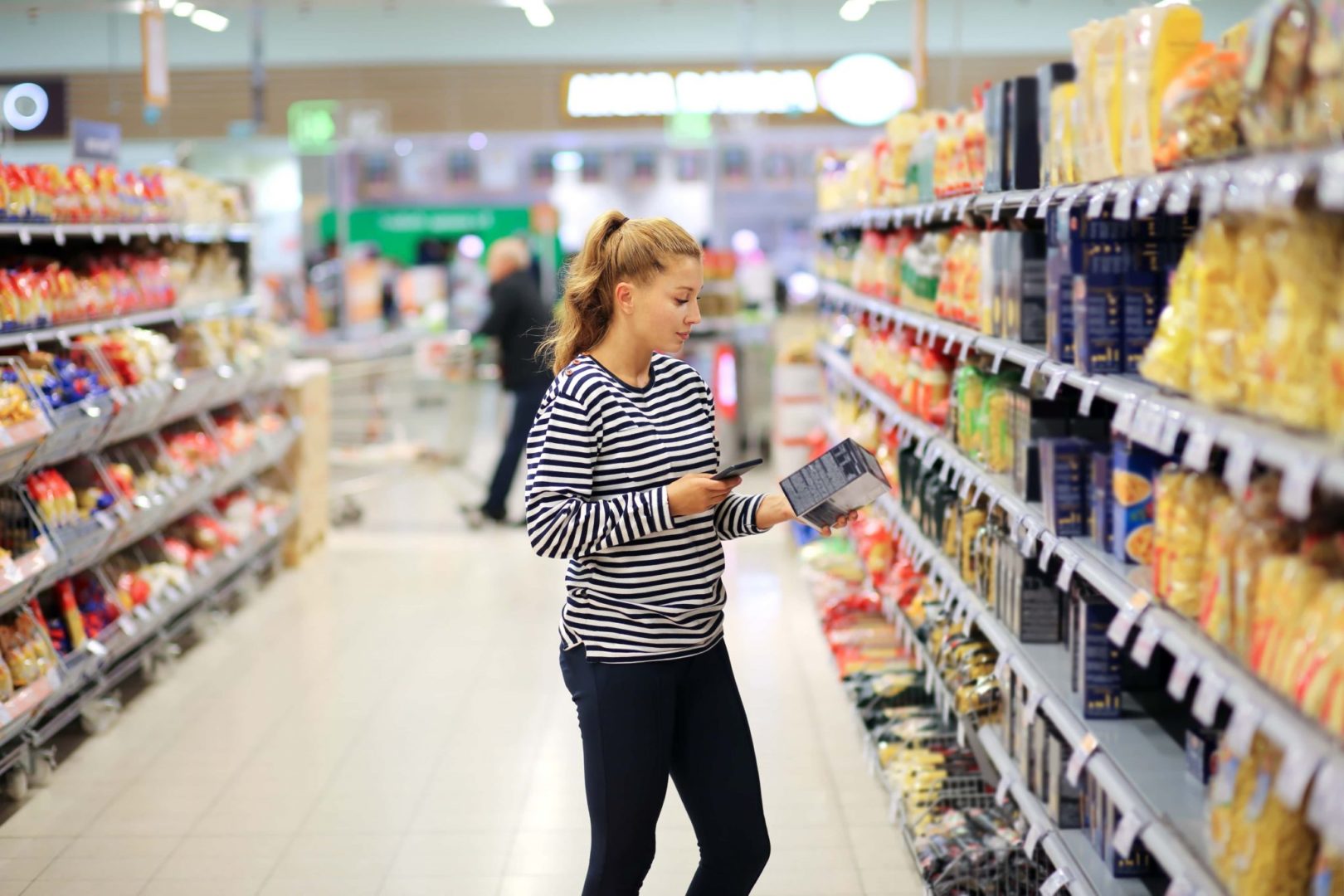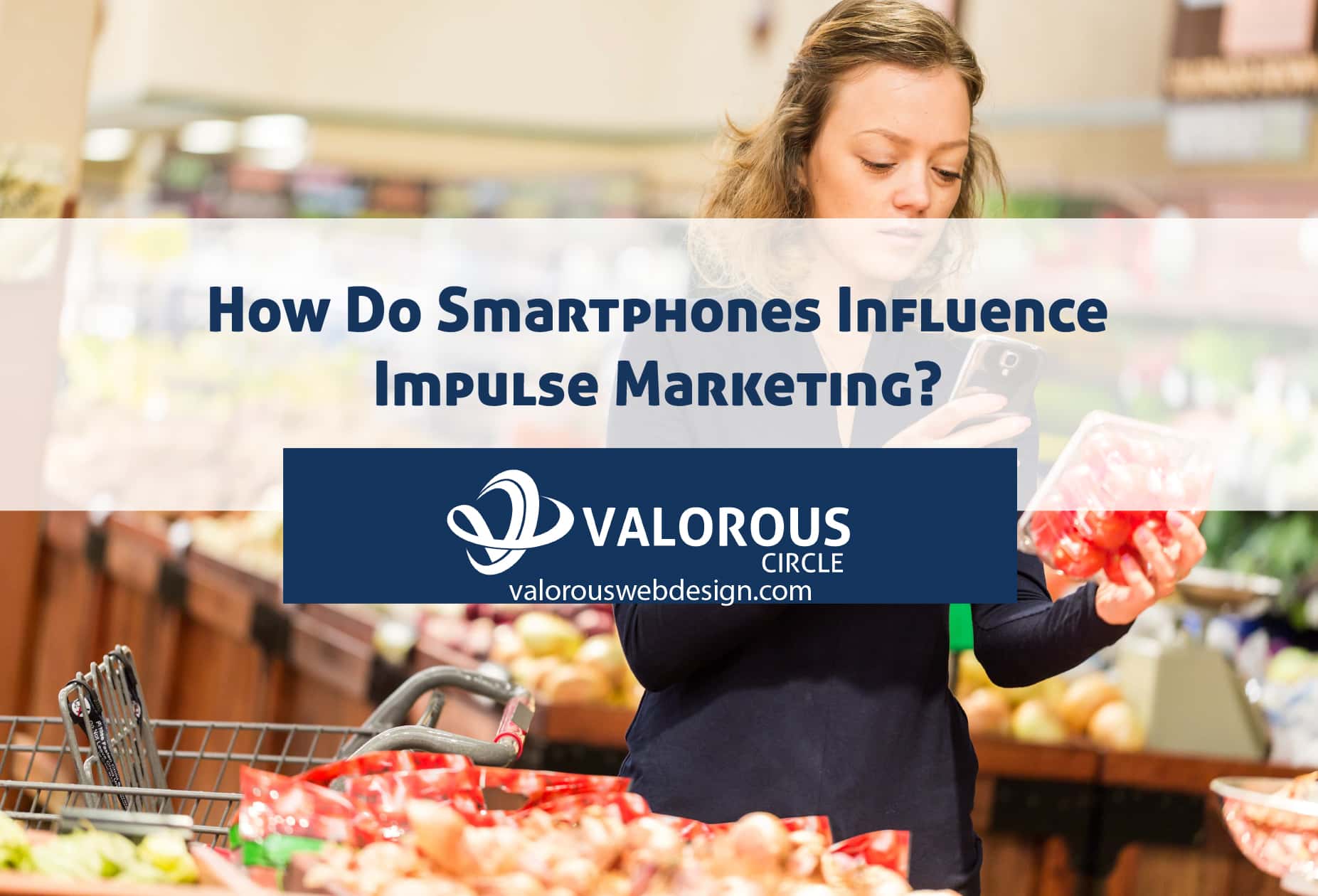Before you even see a whiff of impulse marketing, shopping experiences at grocery stores begin the same way. You park the car, walk up to the automatic doors and wait for the whooshing sound from Star Trek.
A few feet into the store a retiree greets you after the high school kid whizzes by, pushing carts with squeaky wheels into uneven rows. Or perhaps you’re proactive and already took a cart from outside.
Either way, it’s now been 30 minutes, or 45 or 60 and the end of the shopping trip is at hand. You unload the cart, full of every item on your list, and some that weren’t, onto the checkout conveyor belt.
Remember loading those items onto the belt not on your list? Those were impulse purchases. The practice of impulse marketing doesn’t limit itself to Butterfingers and Five Gum. Impulse marketing takes on a whole new level the second you walk into the supermarket.
Twenty years ago most of you would be reading the tabloids, checking out which celebrity is getting divorced and before and afters of extreme weight fluctuations. Ten years ago you were still buying candy and gum in record numbers – gift cards, too.
And then something changed a little more than five years ago. You started wearing mobile blinders.
Mobile blinders refer to the type of tunnel vision we all get when confronted by time-wasting situations, like sitting a grocery store checkout lane. In layman’s terms, the game changed when Twitter replaced tabloids.
[/et_pb_text][/et_pb_column][/et_pb_row][et_pb_row][et_pb_column type=”1_2″ custom_padding__hover=”|||” custom_padding=”|||”][et_pb_text _builder_version=”3.0.87″ background_color_gradient_overlays_image=”off” background_layout=”light”]
The pervasiveness of our smartphones isn’t making us less proactive impulse shoppers, however. It’s goading us to buy more and buy smarter.
Customers are still more likely to make an impulse purchase in-store than online, but the smartphone is helping this cause, not hindering it. It turns out mobile blinders are no match for mobile offers. Mobile coupons aid impulse marketing due to the effectiveness of direct targeting messages on SMS texts, email, and social media.
Mobile apps lend another helping hand to the uptick in returns on targeting investments as people on the move are more willing to redeem coupons and deals than others at home who research on their laptops.

When you approach stores thinking to yourself, “I don’t need a phone, I have a list,” others are taking advantage of their devices and saving money using those very same lists.
In addition to getting offers on items we don’t buy or haven’t bought in a while (Apps), smartphones give us immediate knowledge of things we should buy or might want to buy soon (Search Engines). We plow through the purchase funnel in minutes thanks to instant side-by-side comparisons and online reviews.
Take a look at your purchases the next time you’re in the checkout line. What was on your list? Or rather, what was on your list, but was replaced by something better? Impulse marketing doesn’t stop because people can’t see past their screens. Impulse marketing is merely moving away from yellow headlines and brightly colored confectionaries to hashtags, QR codes and App ads.
Find out how impulse marketing can improve your sales beyond the store shelves. Contact Valorous Circle today!



